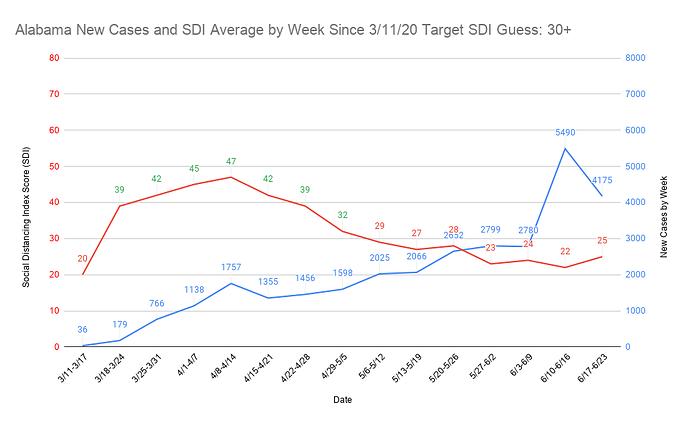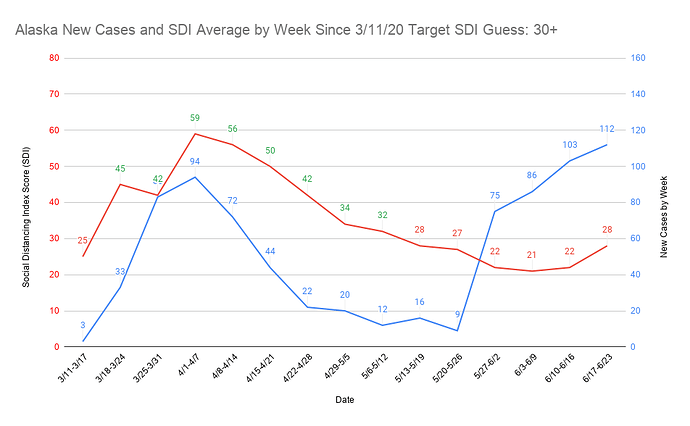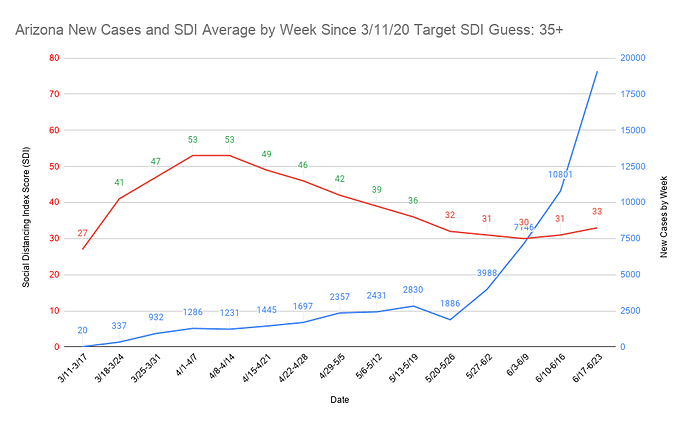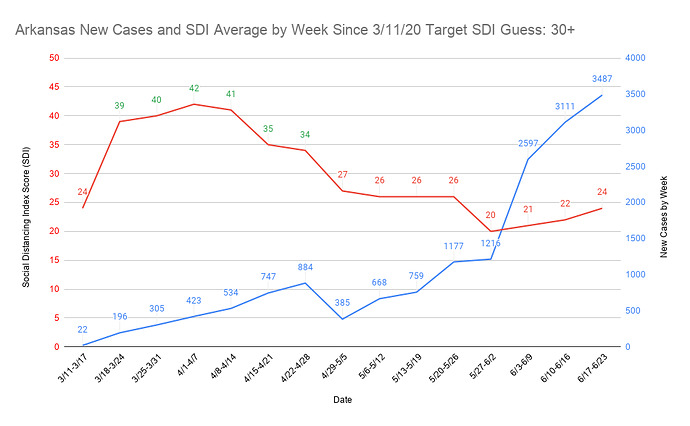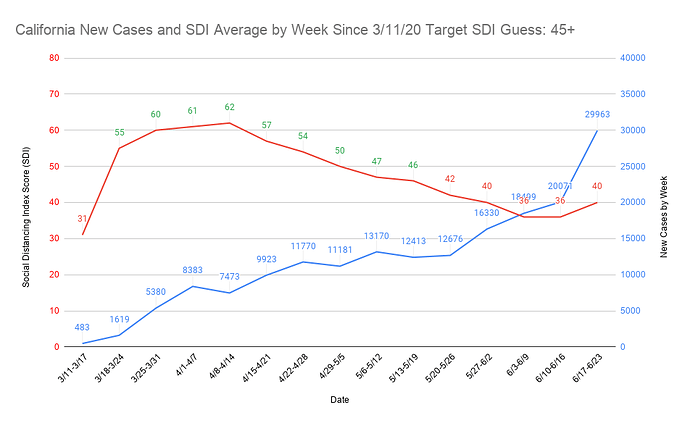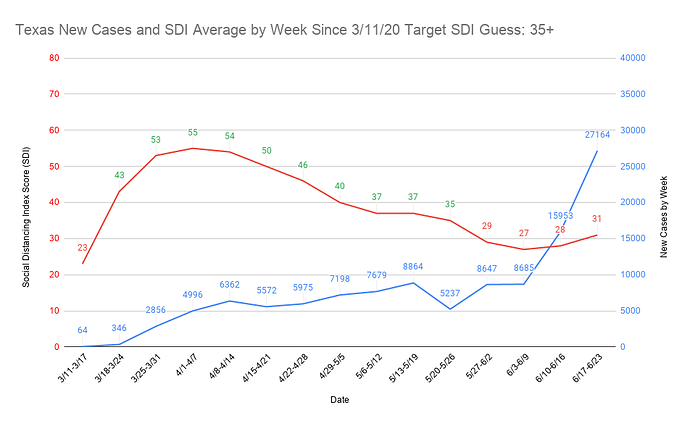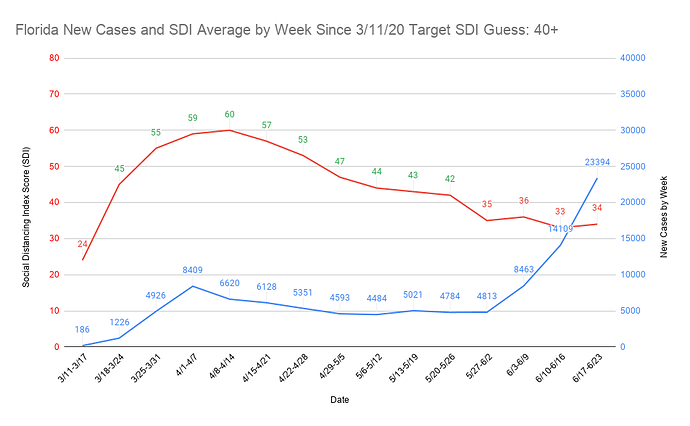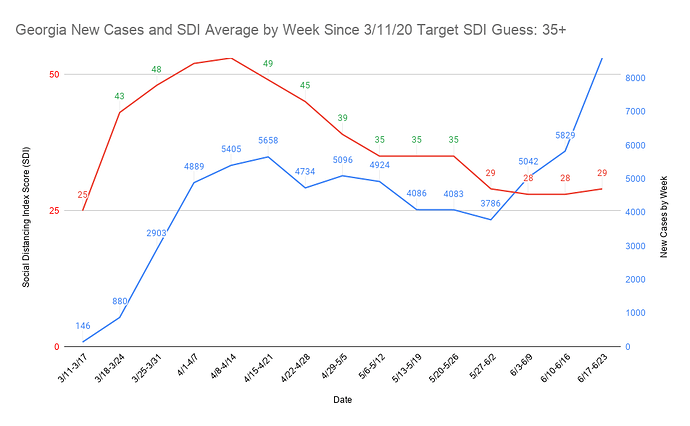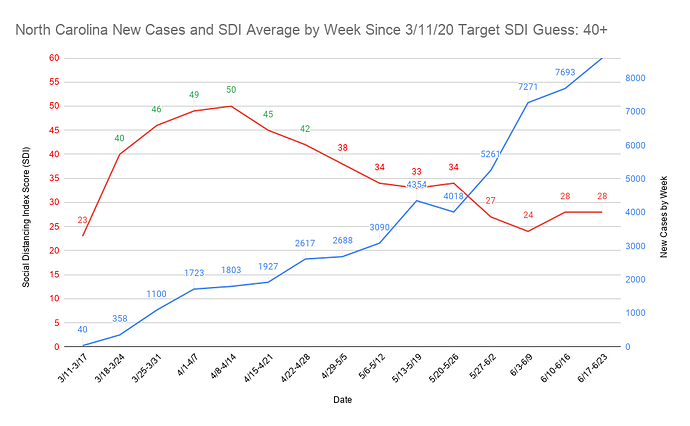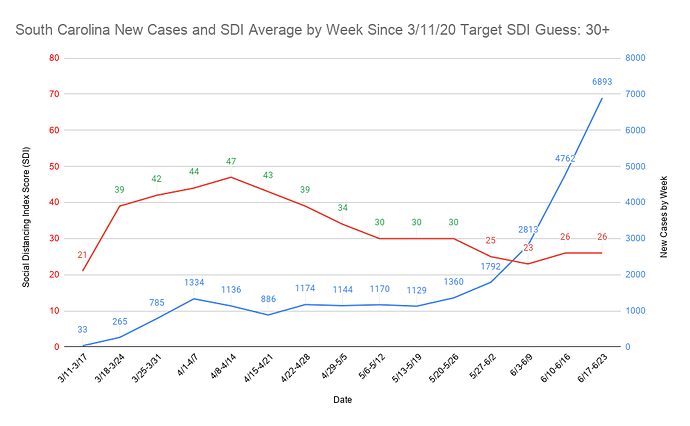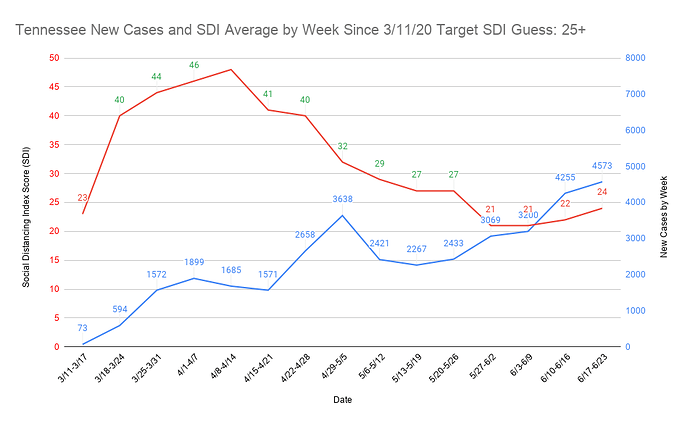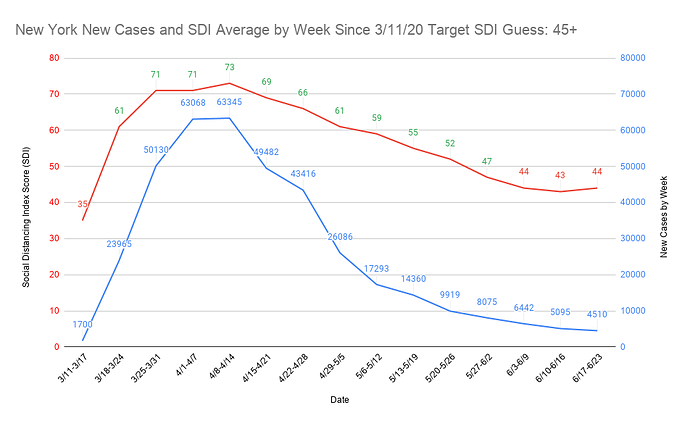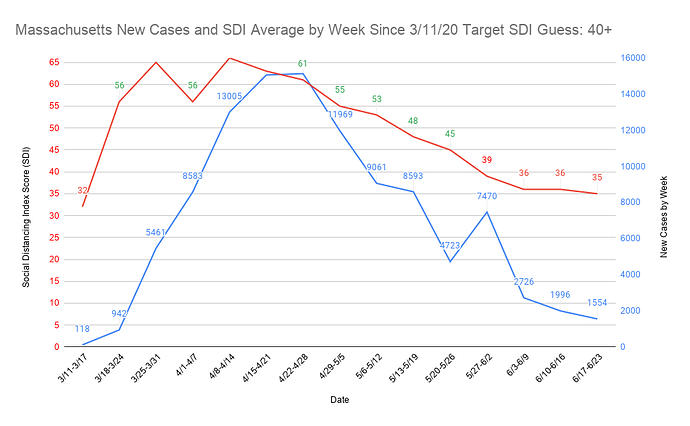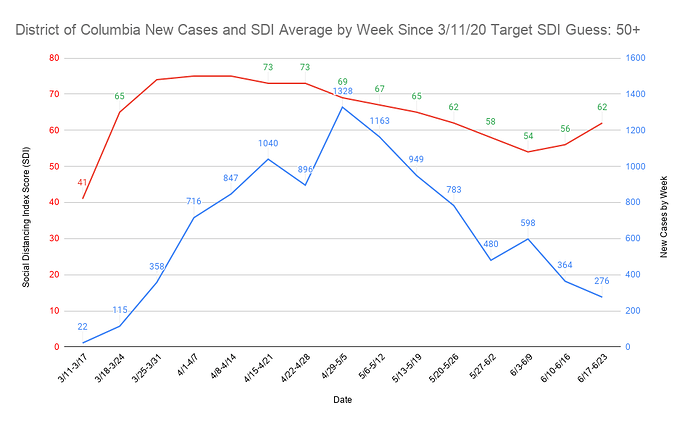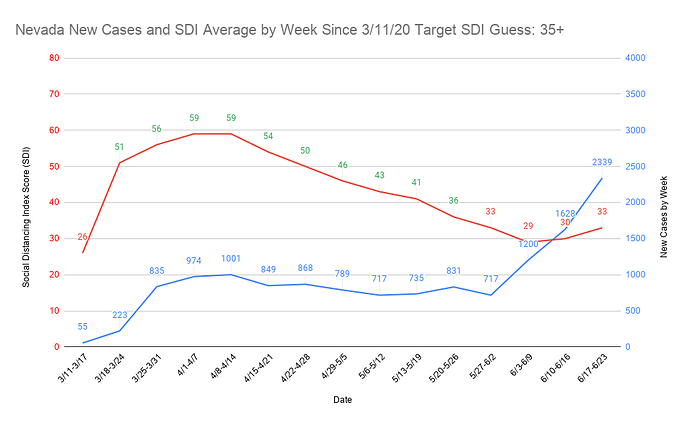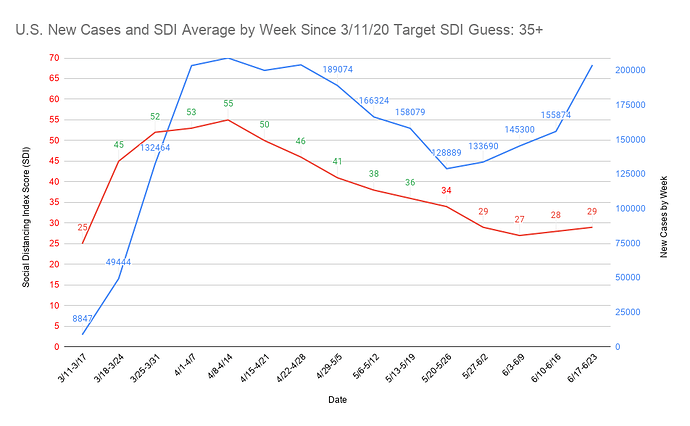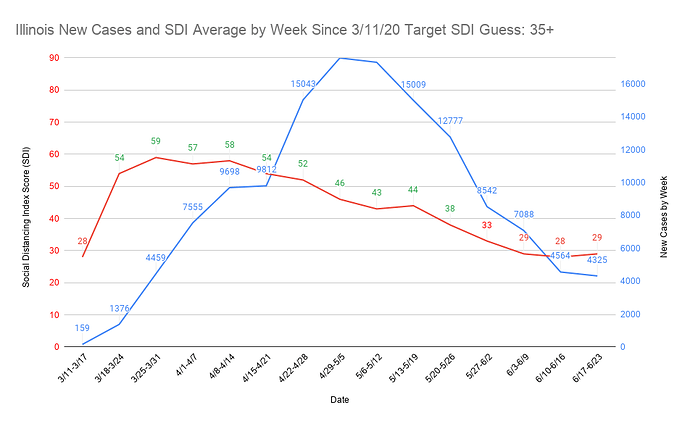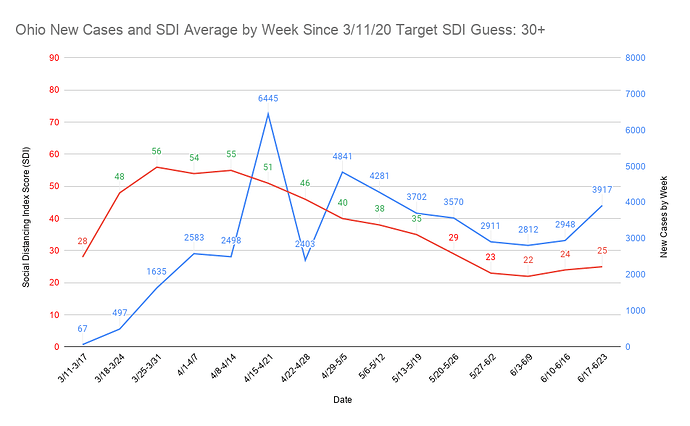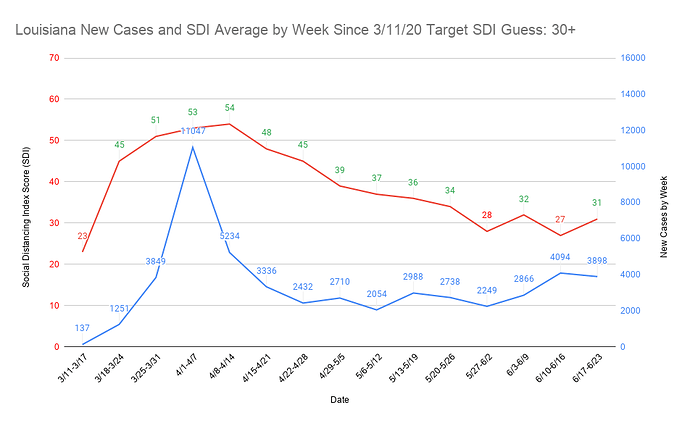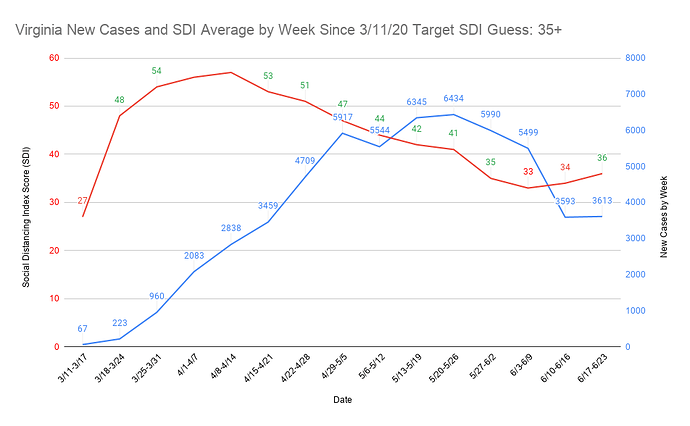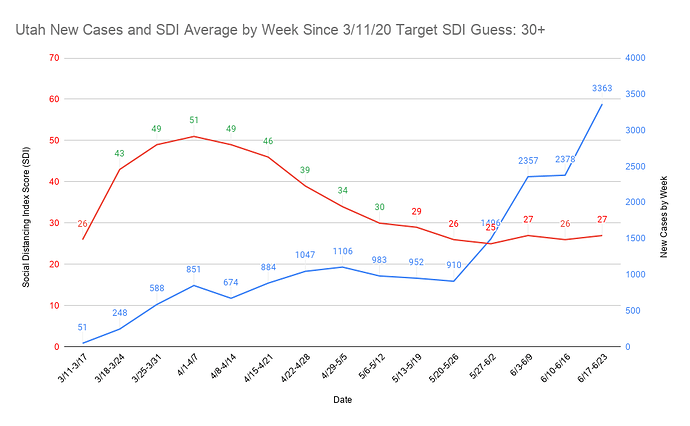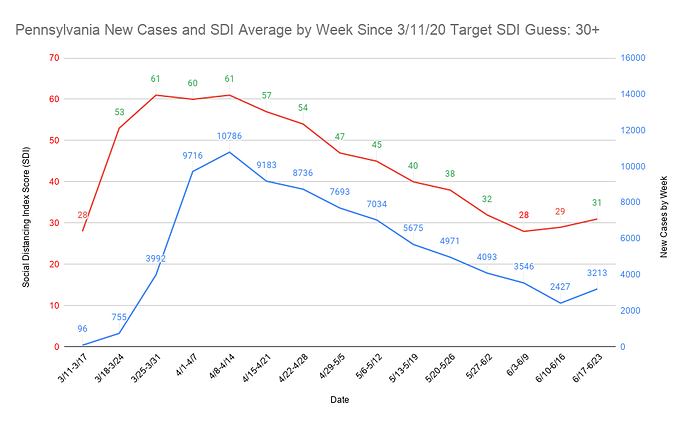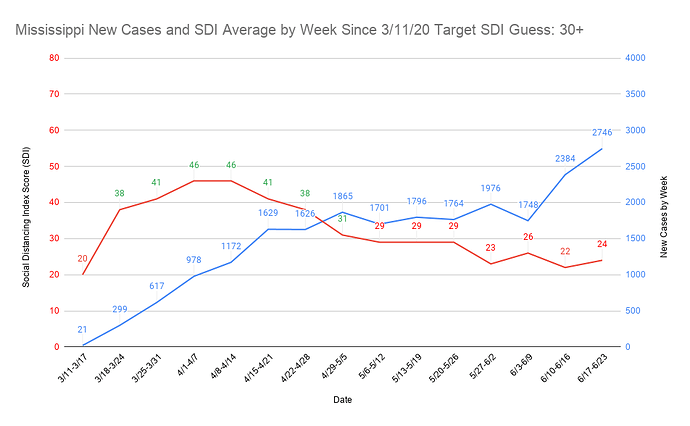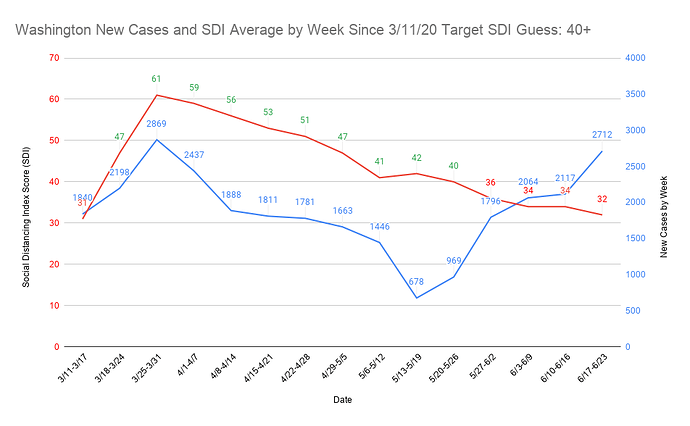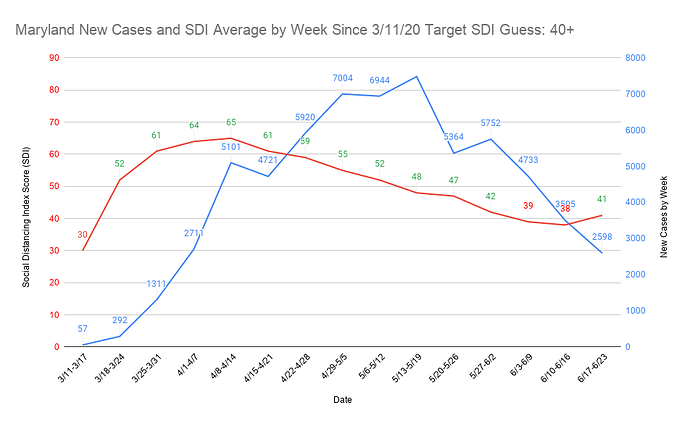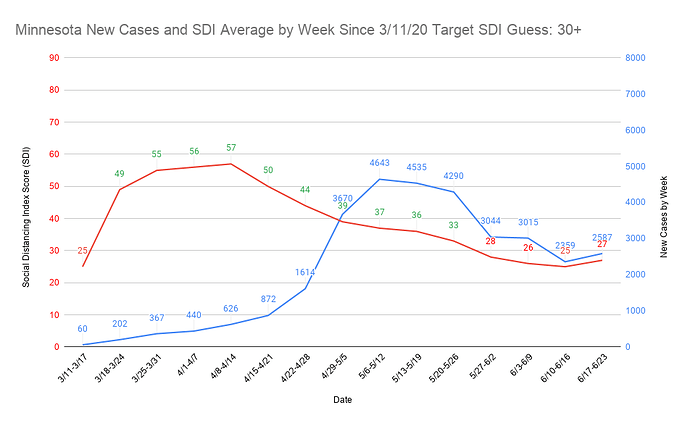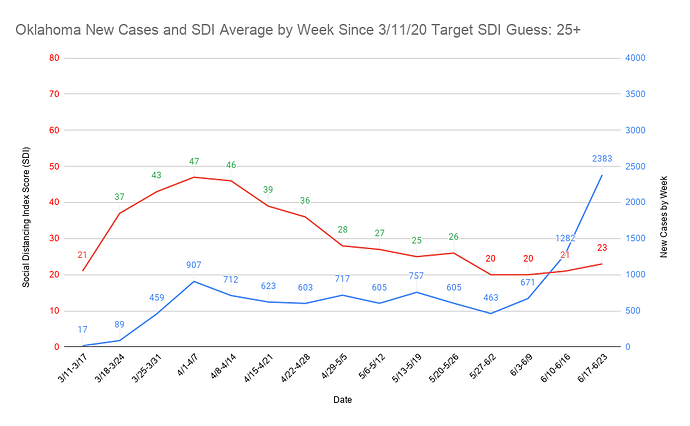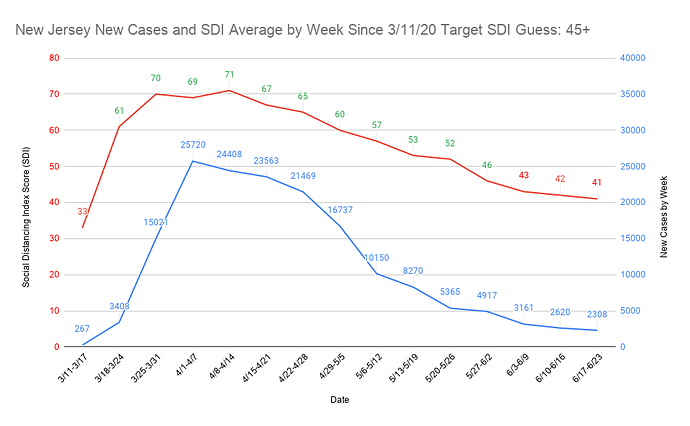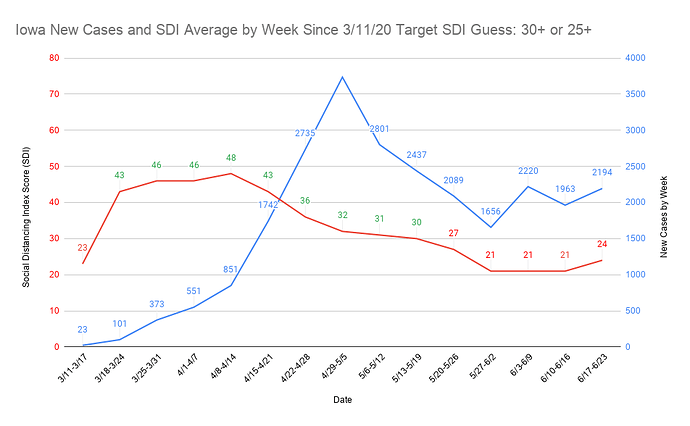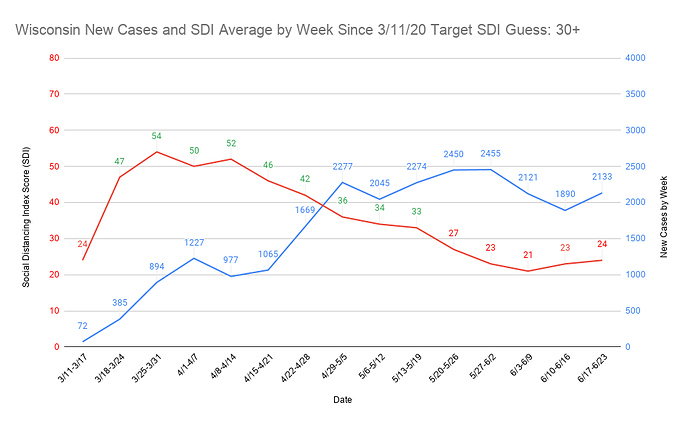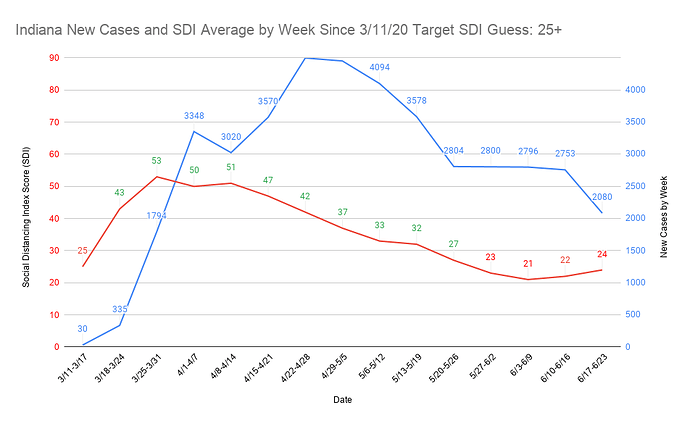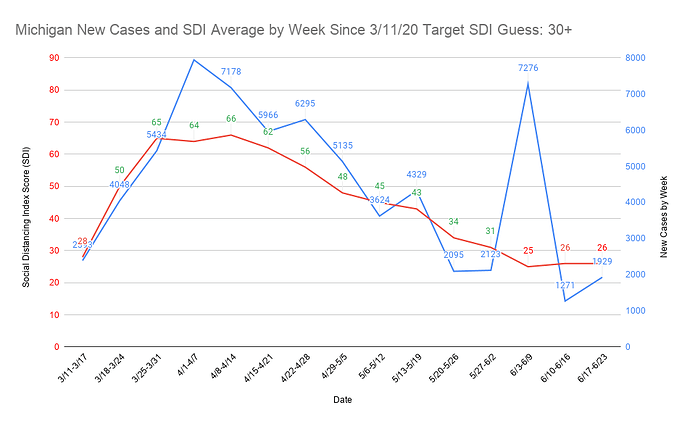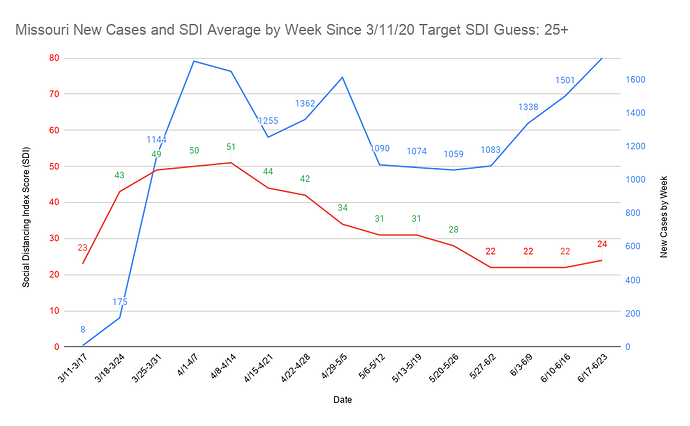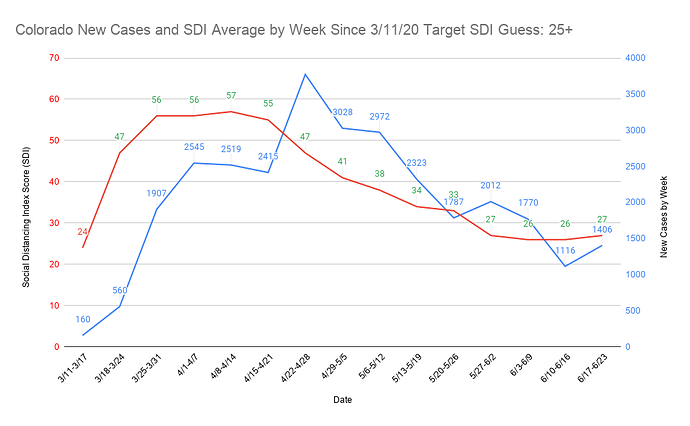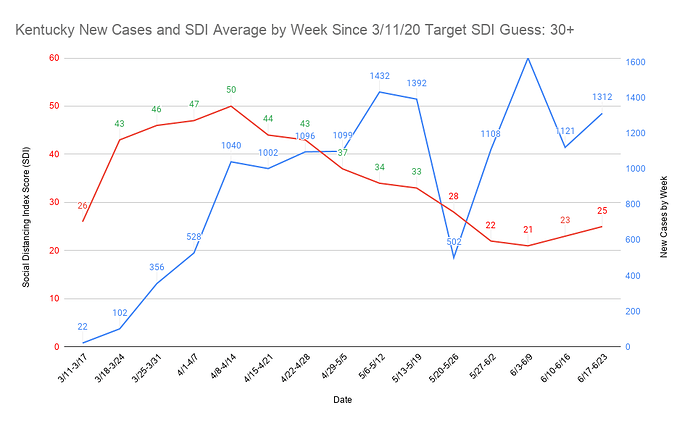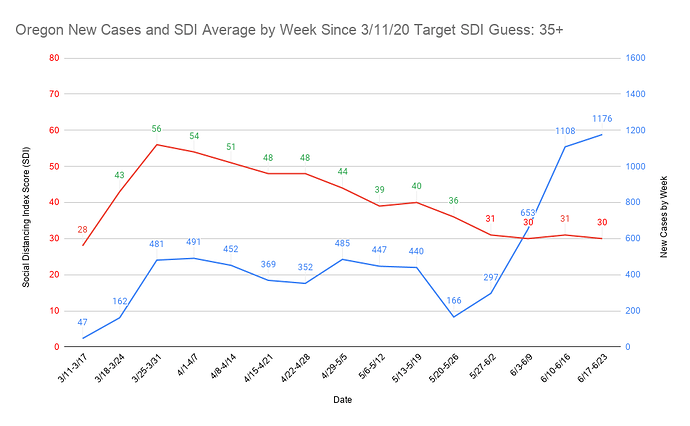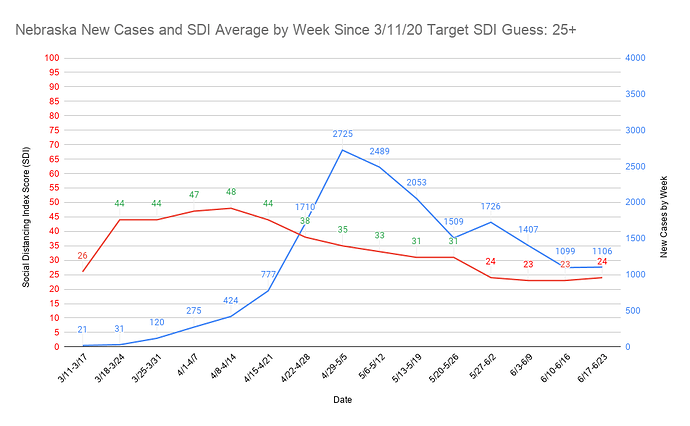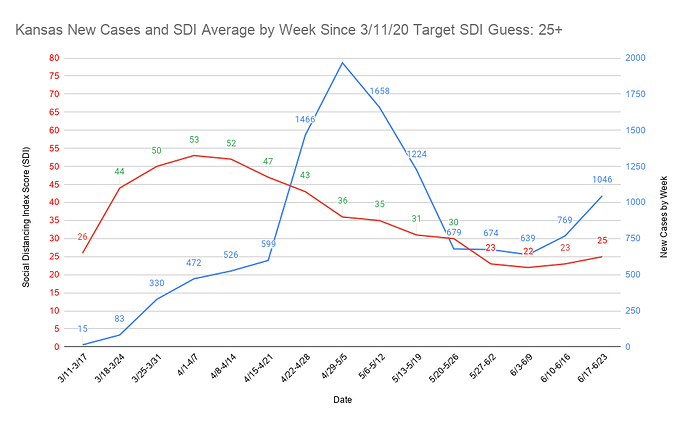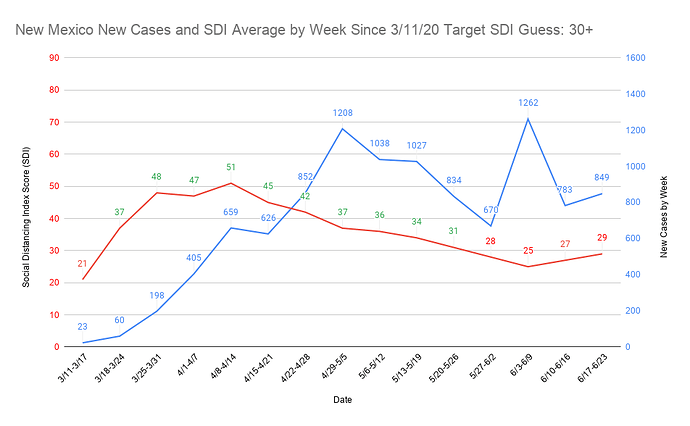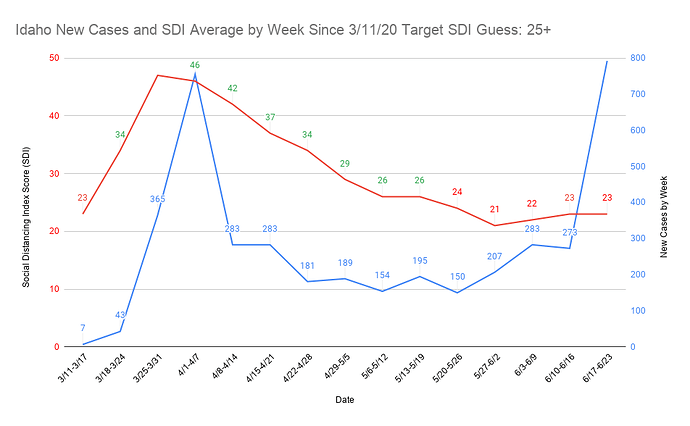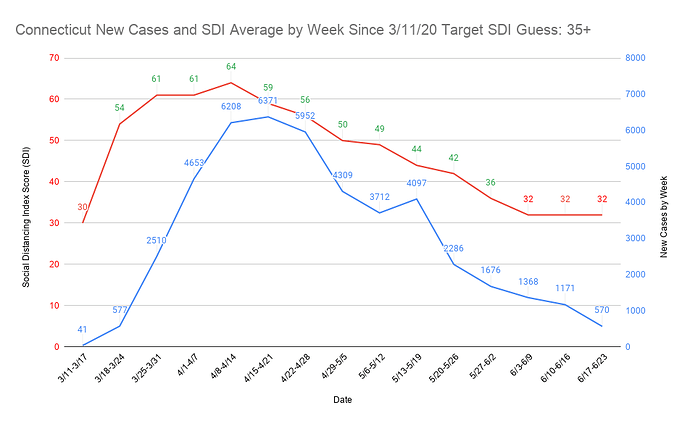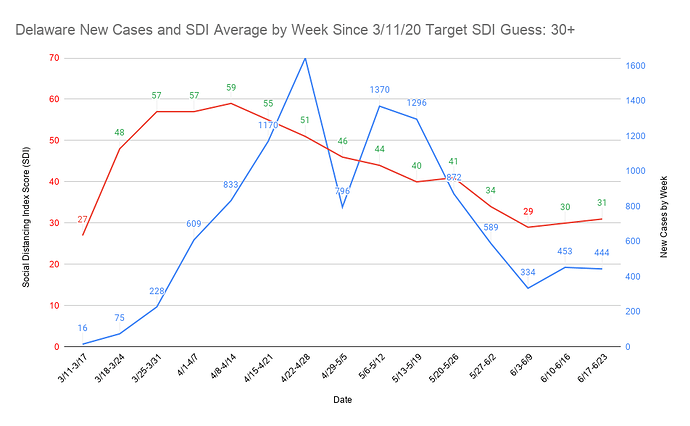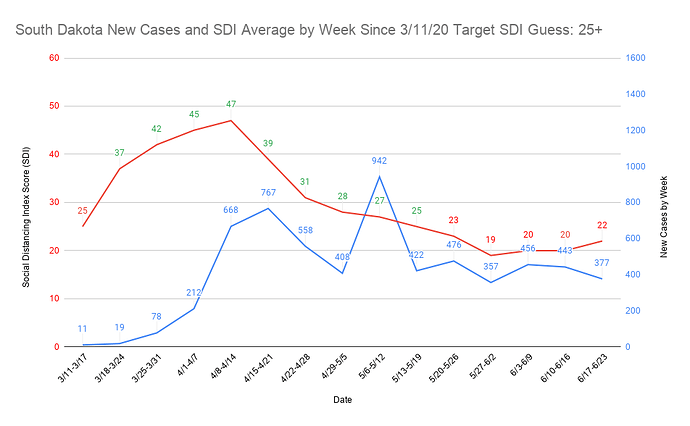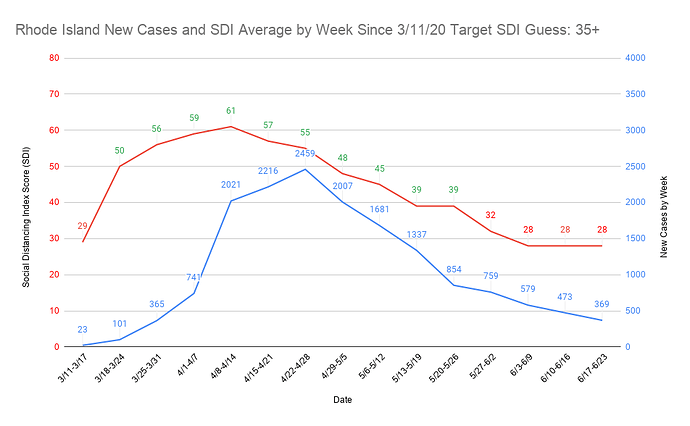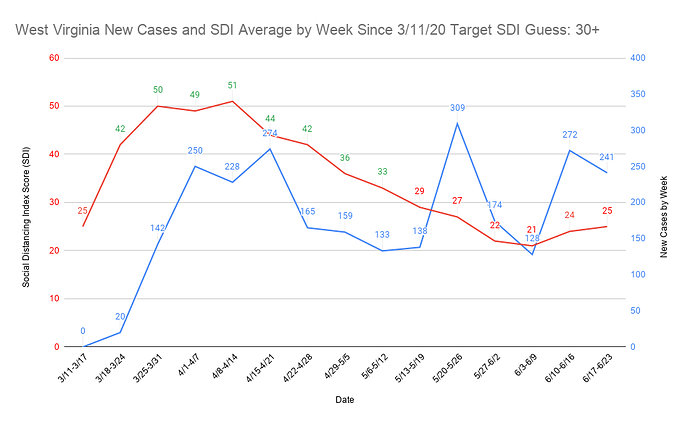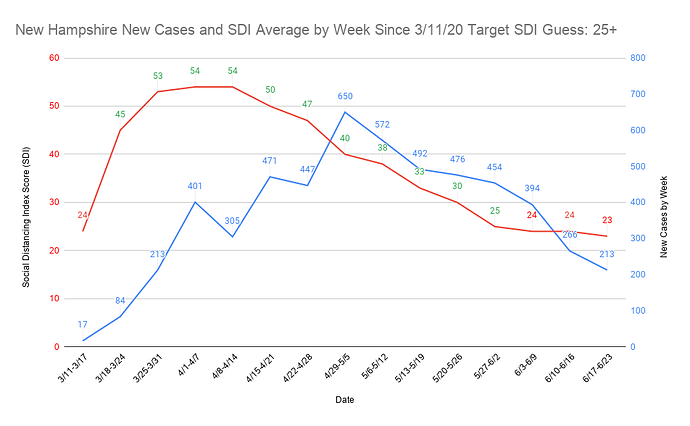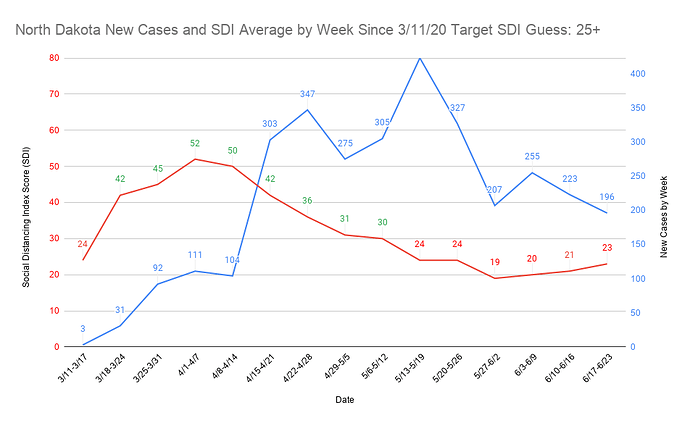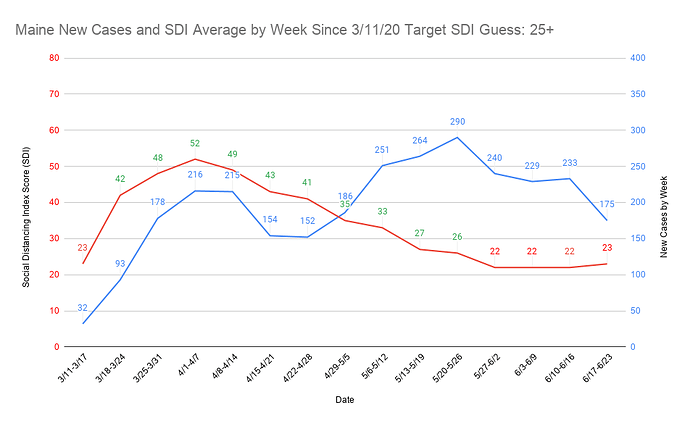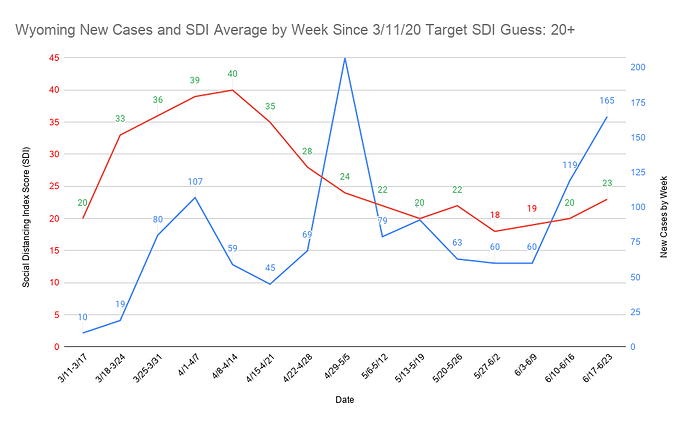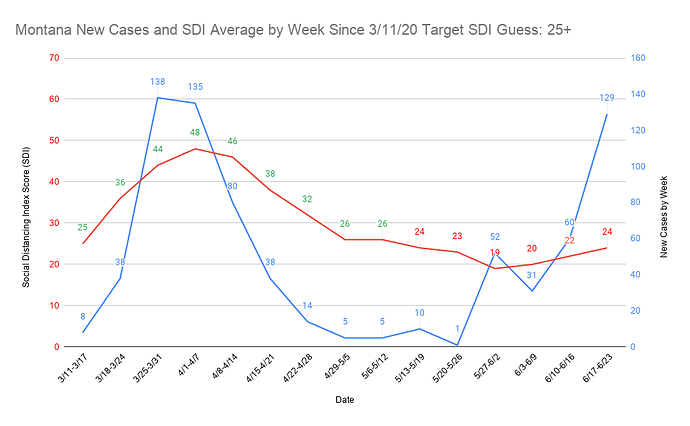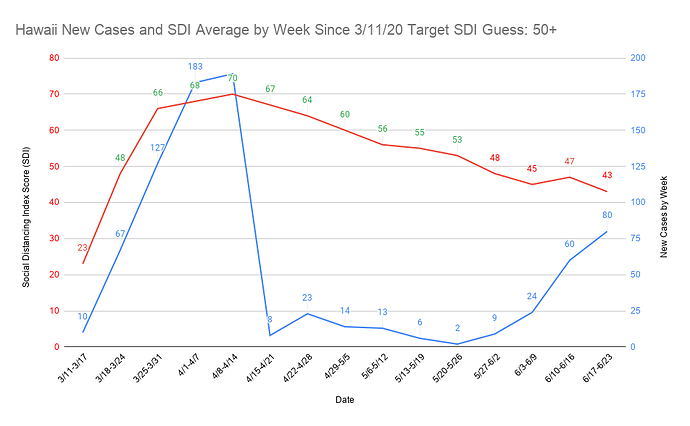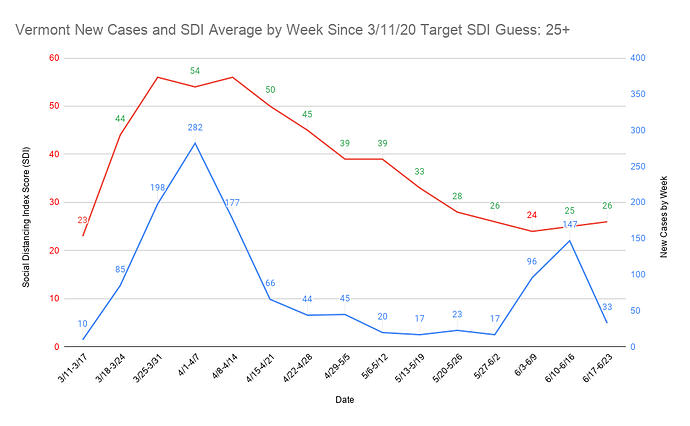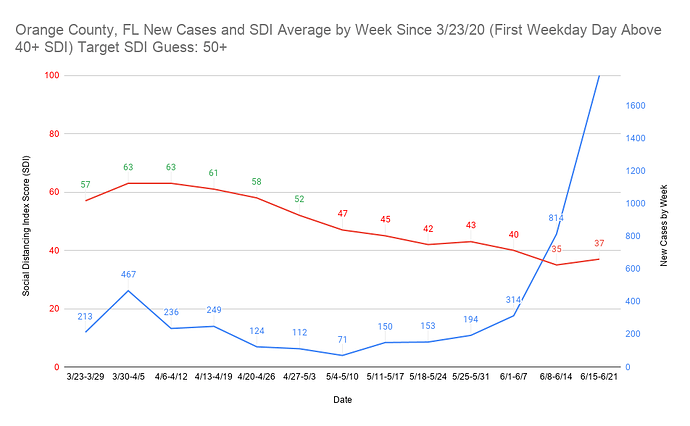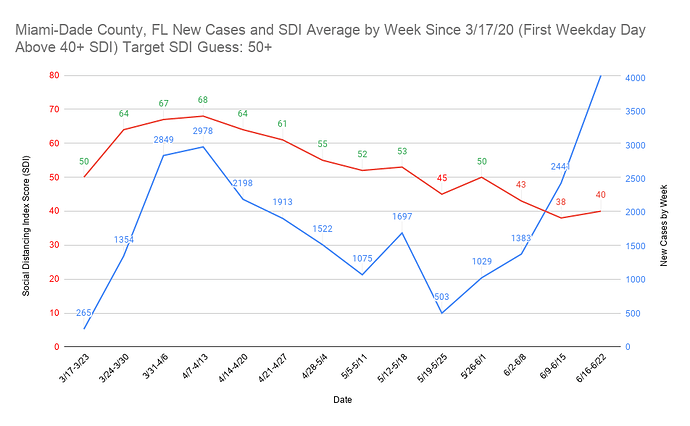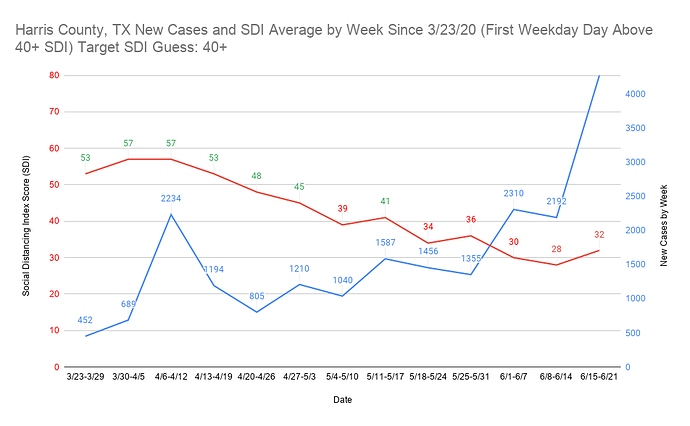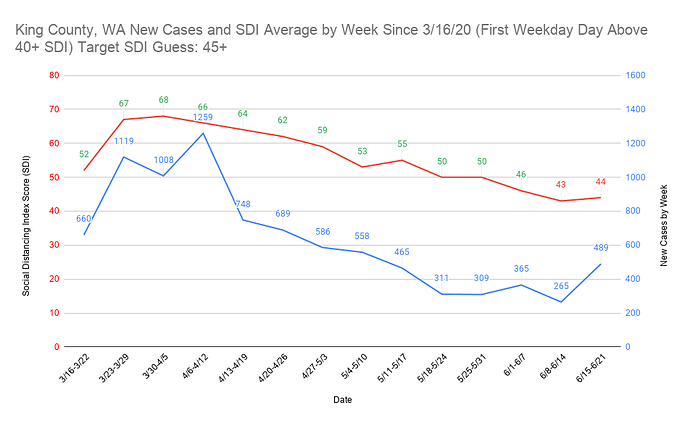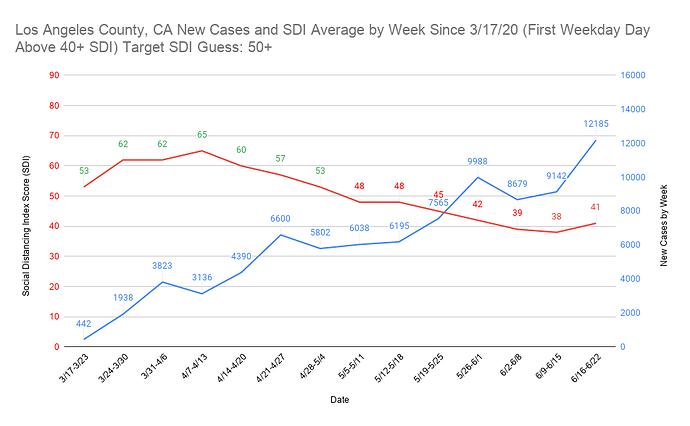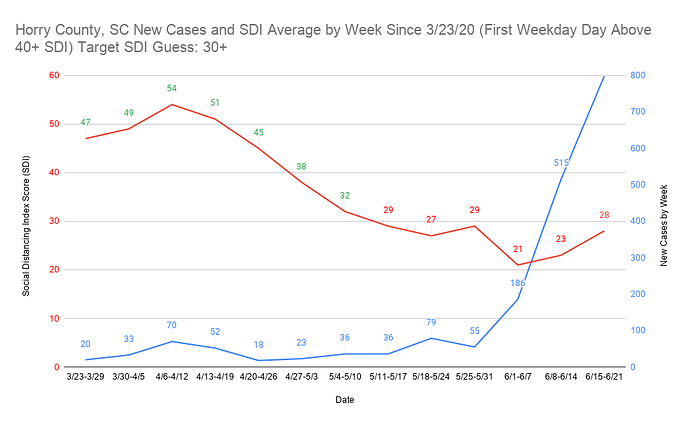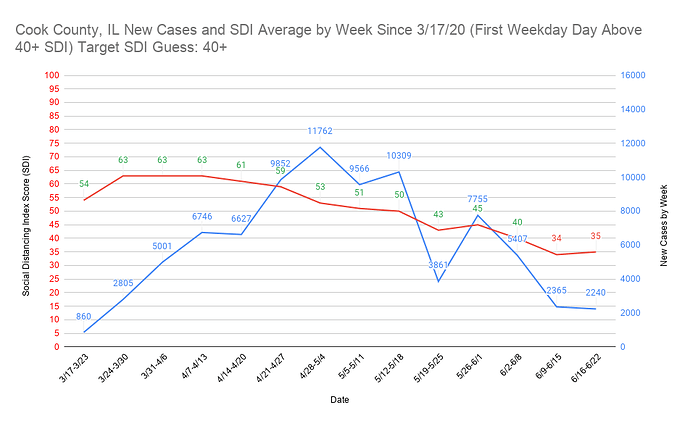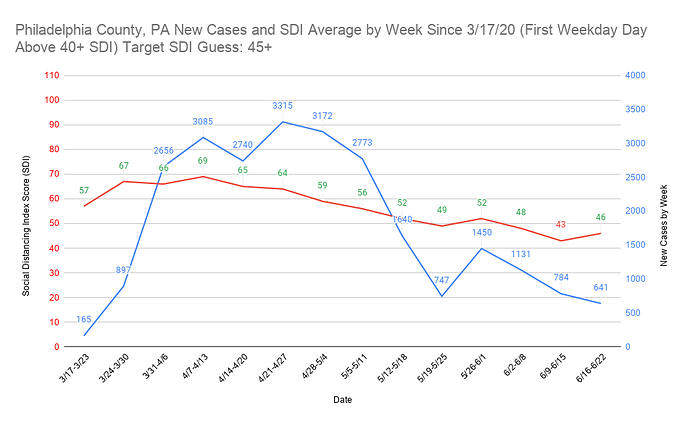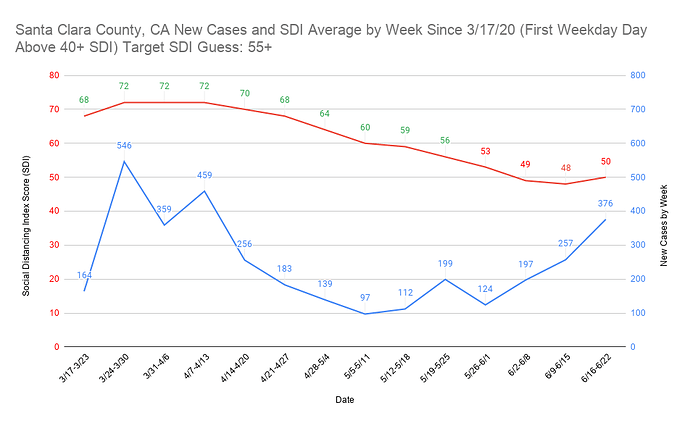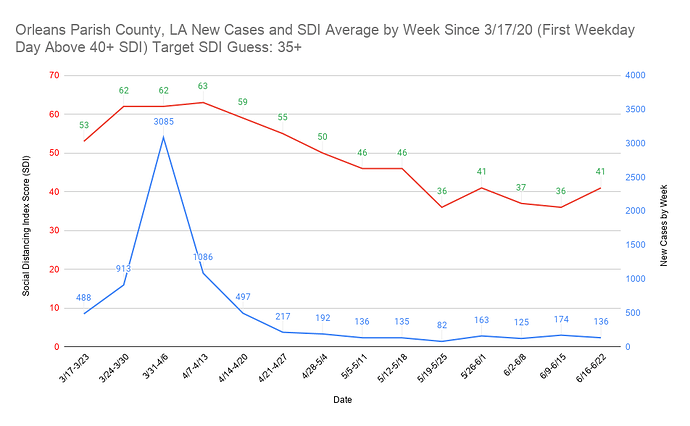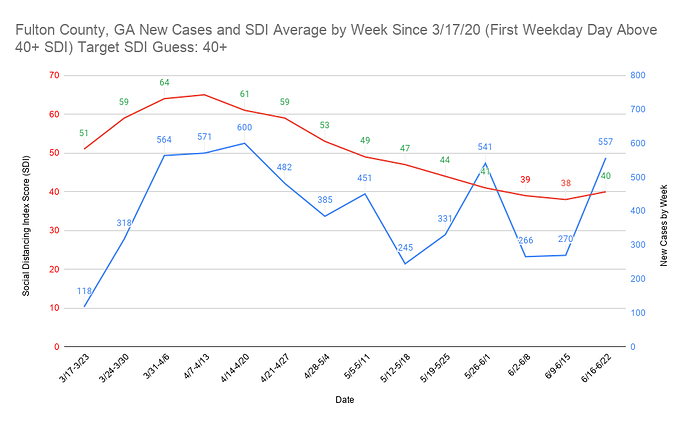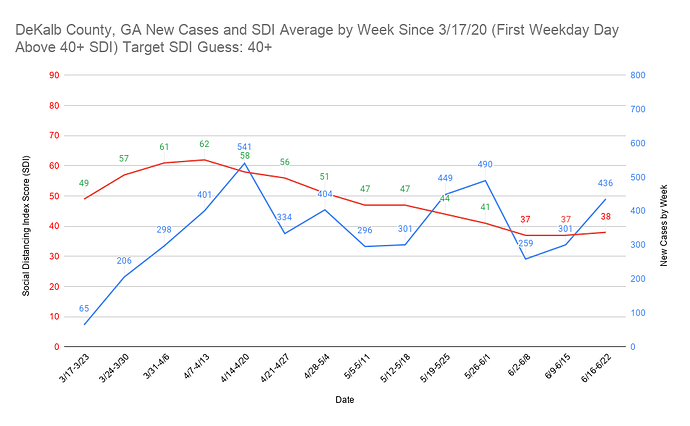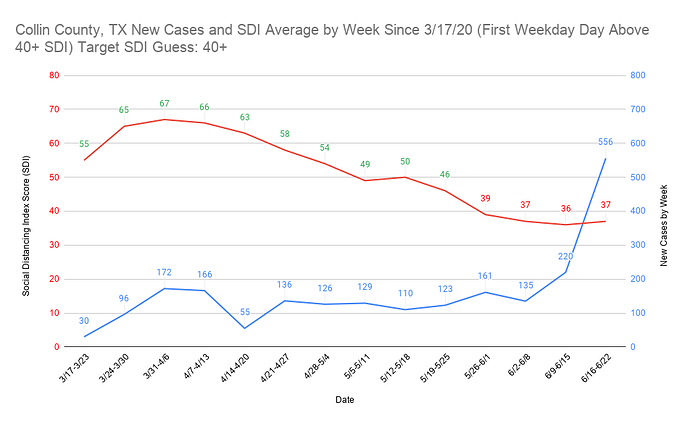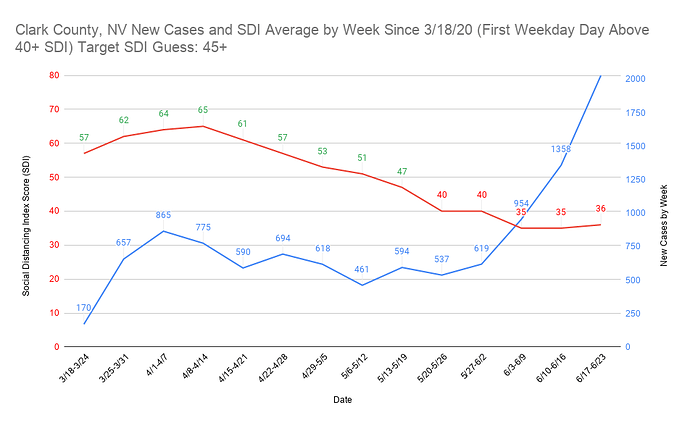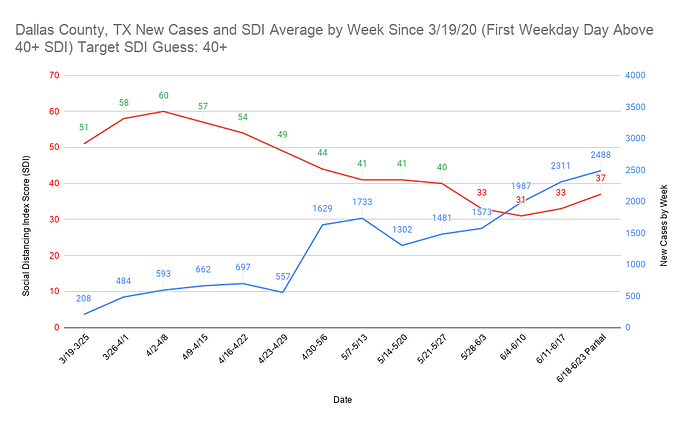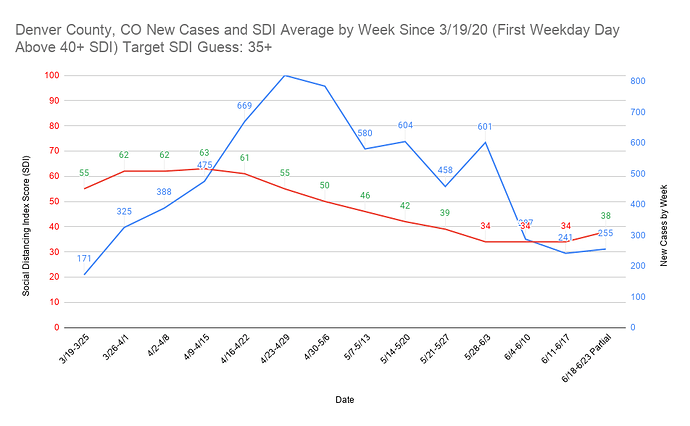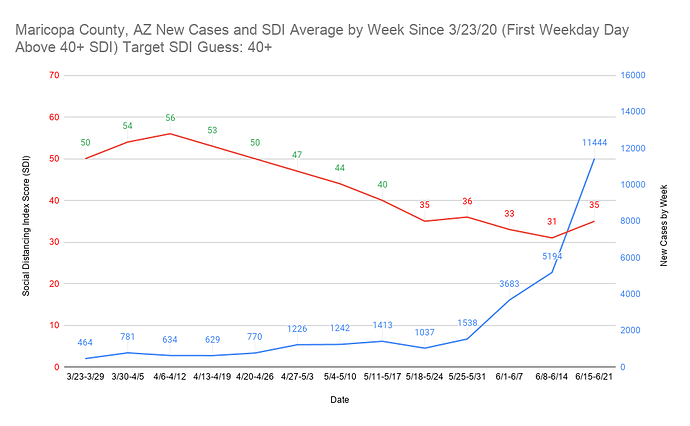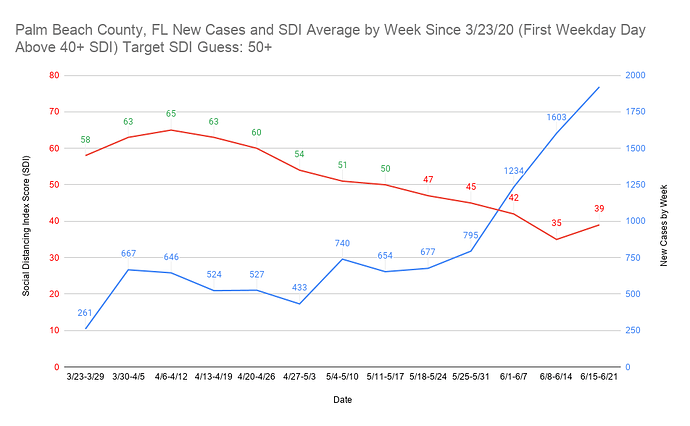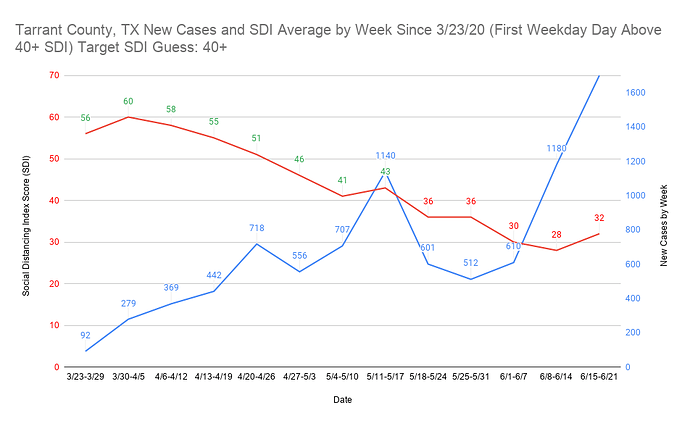Interviews with doctors and public health officials in more than a dozen countries show that for two crucial months — and in the face of mounting genetic evidence — Western health officials and political leaders played down or denied the risk of symptomless spreading. Leading health agencies including the World Health Organization and the European Center for Disease Prevention and Control provided contradictory and sometimes misleading advice. A crucial public health discussion devolved into a semantic debate over what to call infected people without clear symptoms.
This article is a great example of why this thread is literally a better source of information than official government outlets like the WHO or CDC - politics.
The next morning, Dr. Clemens-Martin Wendtner made a startling announcement. Dr. Wendtner was overseeing treatment of Munich’s Covid-19 patients — there were eight now — and had taken swabs from each.
He discovered the virus in the nose and throat at much higher levels, and far earlier, than had been observed in SARS patients. That meant it probably could spread before people knew they were sick.
But the Science story drowned that news out. If Dr. Rothe’s paper had implied that governments might need to do more against Covid-19, the pushback from the Robert Koch Institute was an implicit defense of the conventional thinking.
Sweden’s public health agency declared that Dr. Rothe’s report had contained major errors. The agency’s website said, unequivocally, that “there is no evidence that people are infectious during the incubation period” — an assertion that would remain online in some form for months.
French health officials, too, left no room for debate: “A person is contagious only when symptoms appear,” a government flyer read. “No symptoms = no risk of being contagious.”
As Dr. Rothe and Dr. Hoelscher reeled from the criticism, Japanese doctors were preparing to board the Diamond Princess cruise ship. A former passenger had tested positive for coronavirus.
Yet on the ship, parties continued. The infected passenger had been off the ship for days, after all. And he hadn’t reported symptoms while onboard.
We all read the German guy who discovered so much shedding from the throat, and KNEW it meant patients could spread asymptomatically from their throat. No one really questioned it. Yet it took the official govt agencies 1-2 months later to officially recognize asymptomatic spread. Crazy.


